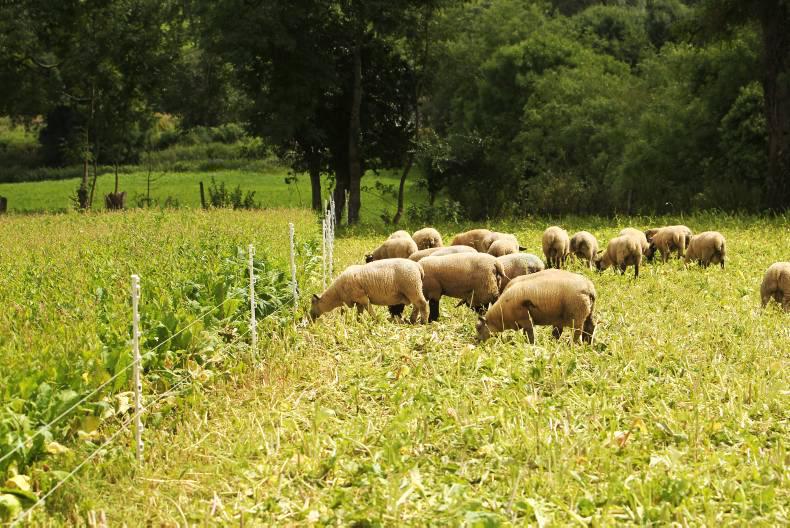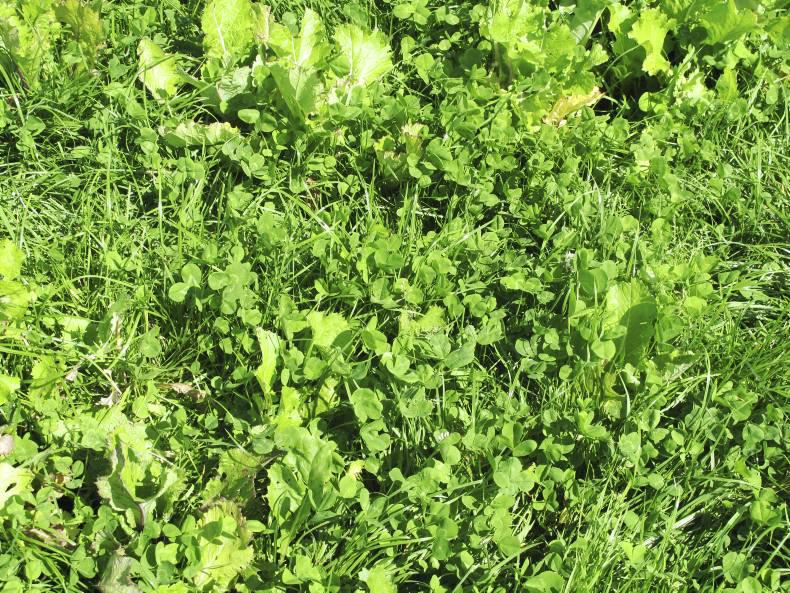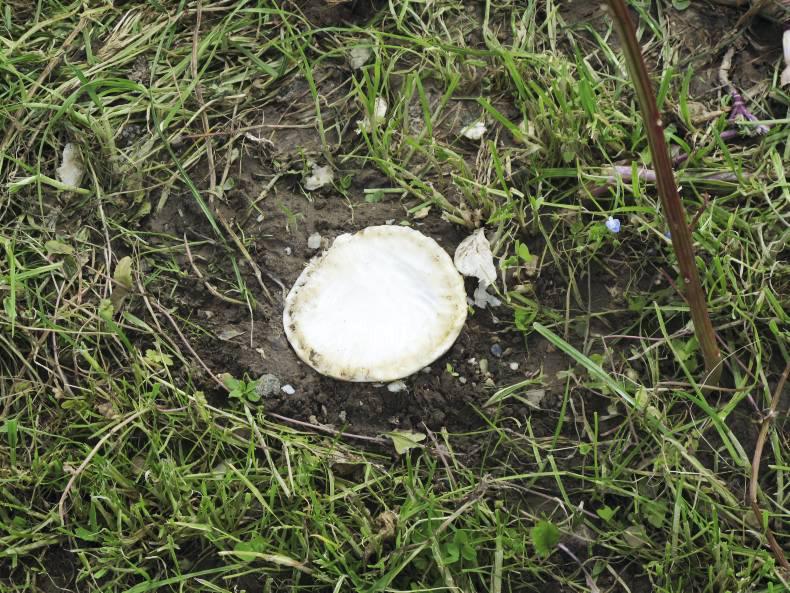On many sheep farms and in particular those with a high stocking rate, reseeding takes place in the autumn due to a high grass feed budget demand early in the year. A growing number of sheep farmers have experimented with incorporating tyfon with grass reseeds in recent years.
While the crop performed poorly relative to grass in a one-season Teagasc trial a few years ago, farmers using the crop, especially in areas prone to drought or poor summer grass growth (related to a lack of moisture), find it delivers a bulk of high-quality dry matter feed that would otherwise not be available for finishing lambs. Most flock owners find it is not financially attractive if sown as a standalone crop. If sown in a reseed, the only direct extra cost is the cost of 2kg seed/acre, which works out at €25 to €30/acre.
The crop is still relatively new and is a cross between a stubble turnip and Chinese cabbage. It grows like a turnip in that it grows from a bulb, but unlike turnips the bulb is smaller and the main feed source is in the leaves. The leaves regrow when grazed and depending on the severity of grazing and sowing dates, can provide three of four grazings in the season.
Growth characteristics
Tyfon requires high levels of management with the best results achieved by farmers who have built up experience over a number of years.
As mentioned above, it grows best in drier conditions and is not suited to wet soils with performance suffering in terms of both yield and crop utilisation. The recommendation is to sow the crop about seven to eight weeks before it is required for grazing by weaned lambs. Grazing sooner than this will result in below target yield while delaying grazing will allow the crop grow too strong and also put excessive pressure on establishment of the grass plant.
The optimum technique for grazing is to split the crop into four sections, grazing in a rotational basis. Some farmers delay the sowing date in two of the four grazing sections by two weeks where grazing demand will be slow to build. The potential of the crop to regrow will be influenced by the grazing intensity. Where the top of the bulb is grazed, it will prevent regrowth. While this will occur in a percentage of bulbs irrespective of management, excessive grazing will limit the crop’s regrowth potential.
This feature can also be used as a management practice where the aim is to promote faster establishment of grass. As the season progresses, the number of tyfon plants and rate of regrowth will reduce with grass getting a better foothold.
Advantages and disadvantages
As mentioned previously, tyfon will deliver a significant bulk of dry matter feed and can be used to reduce the check in performance often experienced post-weaning. It can greatly reduce concentrate feeding for finishing lambs in high stocking rate systems while also improving kill-out percentage of lambs and in some cases carcase conformation.
Its downside is that it does not perform well and should be avoided in heavier soils. Establishment of the grass crop is also slower and depending on conditions during grazing can lead to some patchy areas in the sward which take longer to close in or leaves greater opportunity for weeds to establish. Post-emergence spraying is also limited, which can lead to establishment of thistles and docks, especially where there were problems already in the area.
If this is the case, it is vital to implement a targeted pre-sowing herbicide programme. It is also recommended to delay sowing clover seed in year one in case herbicide treatment is required to treat docks/thistles. It is instead recommended to incorporate clover, if required, in year two. Some lambs may also experience allergic reactions to the crop (swelling of ears and mouth/face) but this can generally be combatted by giving a runback area and gradually introducing animals to the crop.
The basics of reseeding
The principles of reseeding will need to be adhered to in order to achieve a successful outcome. Soil fertility requirements are similar to grass with a pH of 6.0 to 6.5 and index 3 or index 4 for phosphate and potassium. The crop will respond to nitrogen so a balance must be achieved in terms of promoting growth of tyfon early in the season and grass later in the year.






 This is a subscriber-only article
This is a subscriber-only article













SHARING OPTIONS: